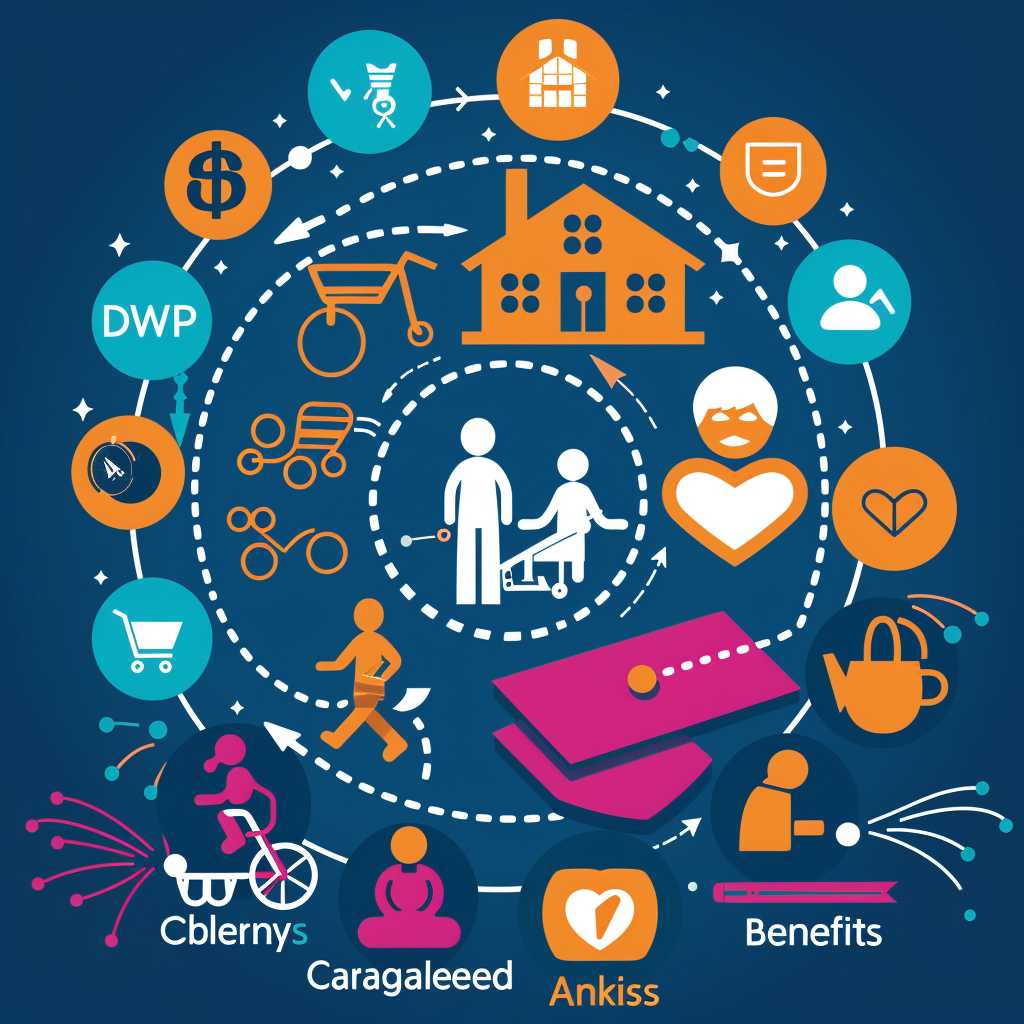Understanding the Department for Work and Pensions (DWP) Benefit System in the UK
The Department for Work and Pensions (DWP) in the United Kingdom administers several benefit programs aimed at providing support to individuals and families who are either on a low income, out of work, or dealing with other challenges such as disability or caring responsibilities. This extensive system is designed to offer a safety net for those in need, contributing to social welfare and financial stability within the society.
The Structure of DWP Benefits
DWP benefits can be broadly categorized into several key areas based on the nature of support they provide to claimants.
Income Support and Jobseekers’ Assistance
Income Support is designed for individuals who have a low income and are either not working or working less than 16 hours per week. It is intended for specific groups of people, including carers and single parents with young children.
Jobseeker’s Allowance (JSA) supports those who are actively looking for work. It is split into two categories: contributory/new-style JSA, which is based on national insurance contributions, and income-based JSA, which depends on a means test, evaluating income and savings.
Working Tax Credit and Universal Credit
The Working Tax Credit is part of a set of benefits aimed at those who are working but earning low incomes. It has been gradually replaced by Universal Credit, which is a more comprehensive system combining various benefits into a single monthly payment.
Universal Credit provides assistance to individuals who are on a low income or out of work. It factors in elements like housing costs, children, disability, and other components that influence one’s financial needs.
Disability Benefits and Carer’s Support
Disability benefits, such as Disability Living Allowance (DLA), Personal Independence Payment (PIP), and Attendance Allowance, are targeted at individuals who have disabilities or health conditions that impact their ability to live independently.
For those caring for someone with substantial care needs, Carer’s Allowance provides financial support acknowledging the caring responsibilities that preclude full-time employment for many carers.
Pension Benefits
The State Pension is reserved for individuals who have retired from work and have reached the State Pension age. It shifts depending on National Insurance contribution records.
Pension Credit offers additional income for retired individuals on a low income, functioning as a top-up to their existing pension to assure a minimum standard of living.
Benefits for Families and Children
Child Benefit is payable to individuals responsible for raising children under 16 (or under 20 if they’re in education or training). It helps cover the costs associated with bringing up children.
Child Tax Credit, now part of Universal Credit, previously provided targeted financial support to families with children.
Housing and Council Tax Support
Housing Benefit assists with rental payments for those on low incomes or welfare benefits. This is gradually being absorbed by Universal Credit’s housing element.
Council Tax Support is provided by local councils and assists individuals on lower incomes in paying their Council Tax bills.
Challenges with the DWP Benefits System
The DWP benefits system is highly complex and has faced criticism for its bureaucratic processes and the difficulties some claimants encounter when trying to access support. Vulnerable individuals sometimes struggle with application procedures, delays in payments, benefit sanctions, and the shift from old systems like Working Tax Credits to Universal Credit.
Recent Reforms and Impact Assessment
The introduction of Universal Credit signified a massive overhaul in the British benefits system. However, this transition sparked debate related to its implementation and effectiveness in eliminating poverty or supporting those transitioning from welfare into work.
Notes
Image description: A graphic representation of various symbols associated with different DWP benefits – including symbols for money bags (income support), house (housing benefit), wheelchair (disability benefit), family (child benefit), hand holding heart (carer’s allowance), and graduation cap (jobseeker’s allowance). Each symbol is connected by arrows to others within a circle around the words “DWP Benefits”.
